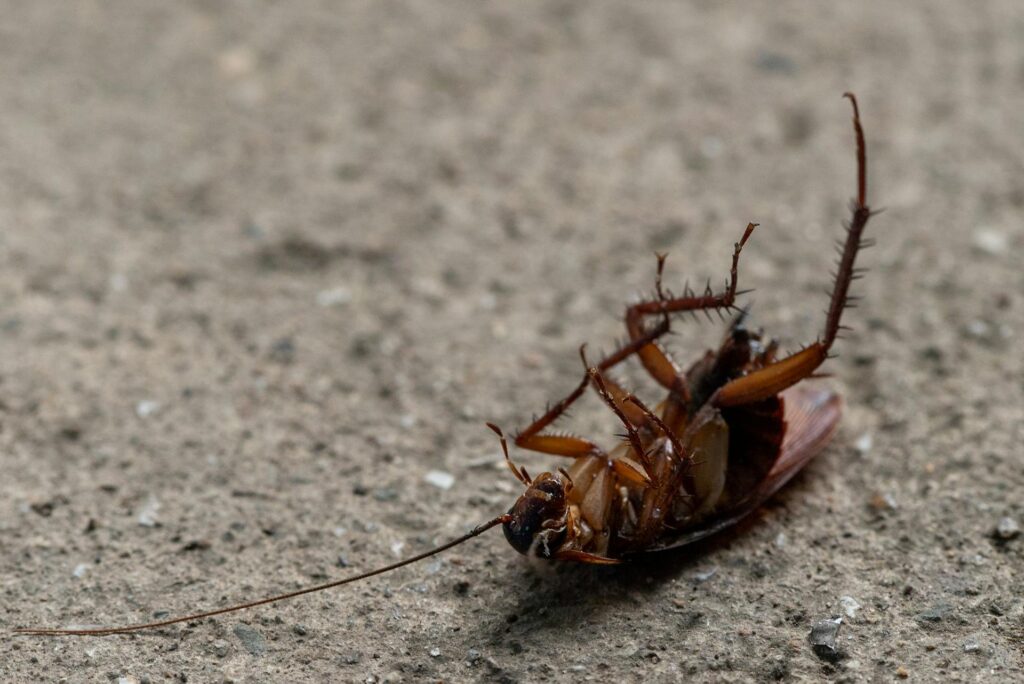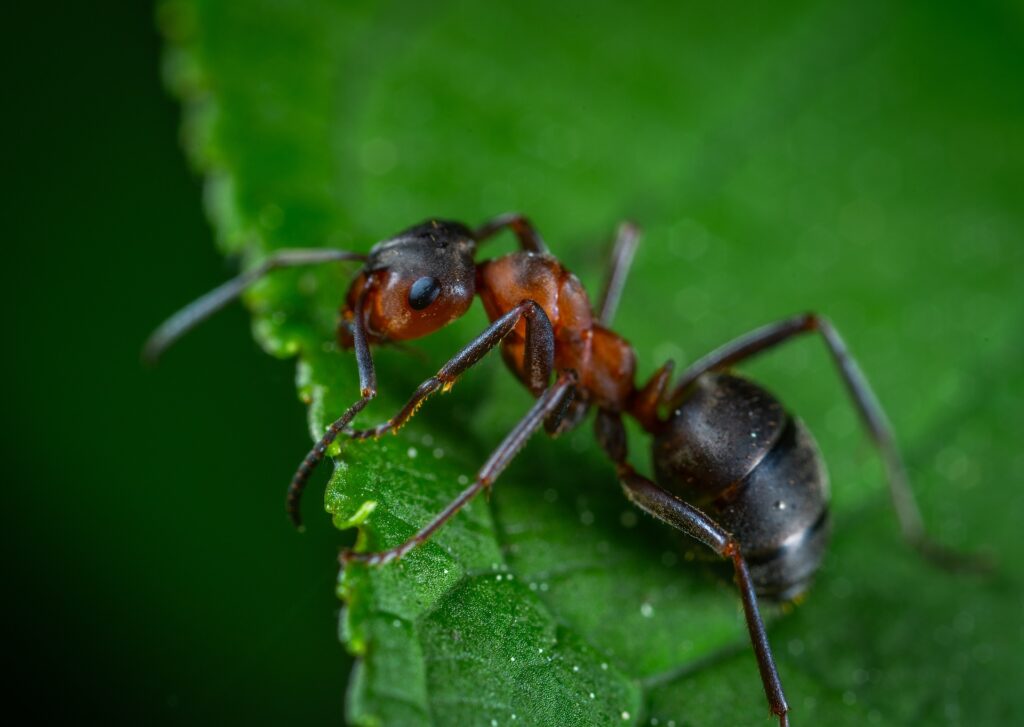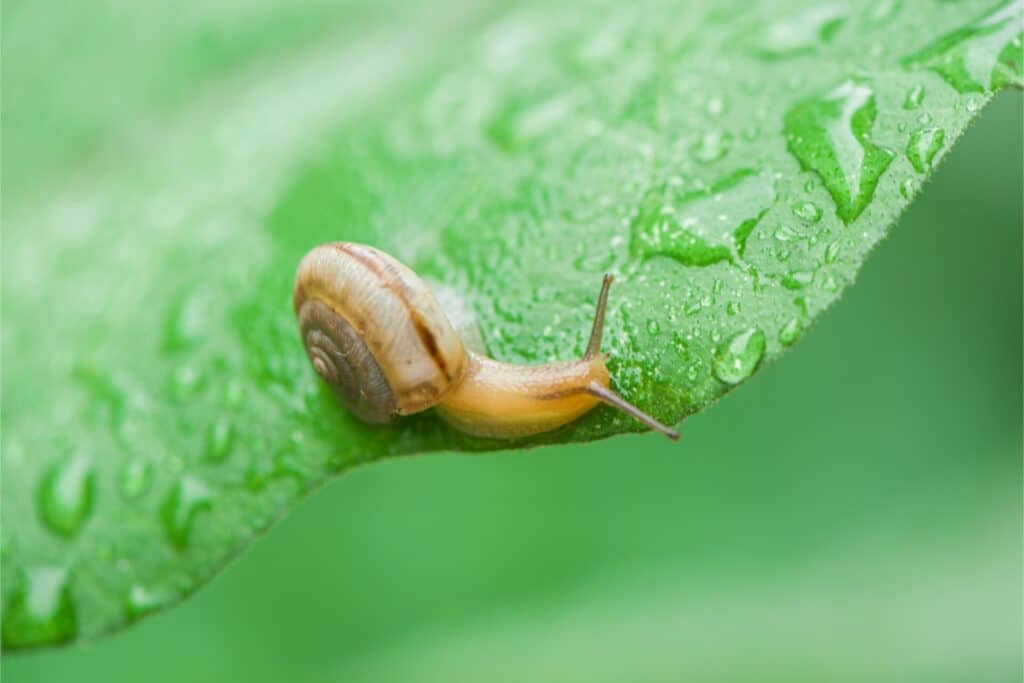Jumping mice aren’t among the most common household pests, but when they do take up residence in your home, their behavior often confuses homeowners, particularly their peculiar food storage habits. If you’ve discovered seeds tucked away in your attic insulation, hidden behind sections of drywall, or scattered across a rarely-used windowsill, there’s a good chance you’re dealing with these erratic foragers. Unlike more familiar rodent species, jumping mice don’t follow typical patterns when storing food, which makes their presence both puzzling and challenging to address.
This unpredictability makes jumping mice particularly difficult to control effectively—not just because of their unexpected movement patterns and hiding spots, but because of the underlying biological reasons driving their seemingly random behavior. Understanding the purpose behind their unusual food caching can help you better identify and address potential infestations.
Why Jumping Mice Cache Food in the First Place
Jumping mice have evolved with specialized adaptations for winter survival. They undergo hibernation for remarkably long periods—up to eight months in colder northern regions. To sustain themselves through this extended dormancy, they actively stockpile food reserves during their active months. Unlike squirrels that typically build centralized food caches, jumping mice employ a different strategy, spreading their food supplies across multiple locations.
These mice maintain a diverse diet that includes seeds, grains, fruits, fungi, and occasionally insects. However, they’re selective about what they choose to store for later use. They show a strong preference for dry seeds with extended shelf life, carefully placing them in spaces that offer protection from moisture, predators, and human disturbance.
In their natural woodland or grassland habitats, jumping mice might utilize hollow logs, dense root clusters, or abandoned burrows as storage sites. When they enter human dwellings, this behavior translates to using wall voids, insulation material, attic corners, and stored boxes as their preferred food caching locations.
Why Attics and Walls Make Sense (to a Mouse)
Despite what their name might suggest, jumping mice are more than just good jumpers—they’re remarkably agile climbers and exceptional leapers capable of vertical jumps exceeding 12 inches and much longer horizontal distances. These physical abilities make attics and upper floor walls significantly more accessible than most homeowners realize, especially if there are environmental aids like tree branches, utility wires, or textured siding that provide climbing assistance.
Once they’ve gained entry to your home, jumping mice instinctively seek out tight, enclosed, undisturbed spaces—not necessarily for nesting purposes, but primarily as secure drop-off points for their collected supplies. Structural features like wall cavities, ceiling gaps, and the space behind insulation effectively mimic the natural underground chambers or dense underbrush zones they would use in the wild. The quieter and darker these areas are, the more suitable they become as food storage depots.
It’s not uncommon to discover jumping mice food caches behind electrical outlets, between ceiling joists, or inside seldom-used storage containers. Their small size—typically just 3-4 inches long, plus their distinctive long tail—enables them to squeeze through gaps as narrow as a quarter inch, giving them access to countless potential storage locations throughout your home.
Why the Behavior Feels So Random
What often confuses homeowners most about jumping mice is the apparently disorganized nature of their food caching behavior. Rather than creating a single, central stockpile, they distribute their findings across multiple locations—a handful of seeds here, a small collection of dried berries there. They might use different corners of the same room or return days later to create an entirely new cache just a few feet away from their previous stash.
This seemingly random distribution strategy is actually a deliberate survival adaptation. By spreading their resources across multiple locations, jumping mice effectively reduce risk. If one cache becomes spoiled, is discovered by predators, or becomes inaccessible, numerous others remain untouched and available.
This dispersed storage behavior also makes it more challenging to trace the source of activity in your home. You might discover stored food long after the animal has moved on—or even while it remains active in entirely different areas of your house. This scattered pattern of evidence can make it difficult to determine the full extent of an infestation without professional assistance.
What to do If You’re Finding Stashes in Odd Places
If you’ve discovered food caches in unusual places like insulation or wall voids, you’re likely dealing with jumping mice rather than typical house mice or rats. These discoveries indicate more than just the presence of food—they reveal the access points, environmental conditions, and shelter opportunities that made these particular locations appealing to jumping mice in the first place.
Our pest control specialists understand the unique behavior patterns of jumping mice and can help identify not just where they’ve been active, but where they might be accessing your home. We offer advice for rodent control with our pest control service to assess the full extent of jumping mice activity and develop targeted treatment strategies based on their specific habits.
For expert assistance identifying the source of jumping mice infestations and implementing effective control measures, get a free quote today. Our team can help you address these unusual rodent visitors before their scattered food caches attract additional pest problems throughout your home.








